Looking to inject some serious flavor into your meals without spending hours over the stove? Enter sazon seasonings — your new kitchen BFF for all things savory, earthy, and delicious. Whether you're a seasoned chef or a weekend grill warrior, sazon has got your back.
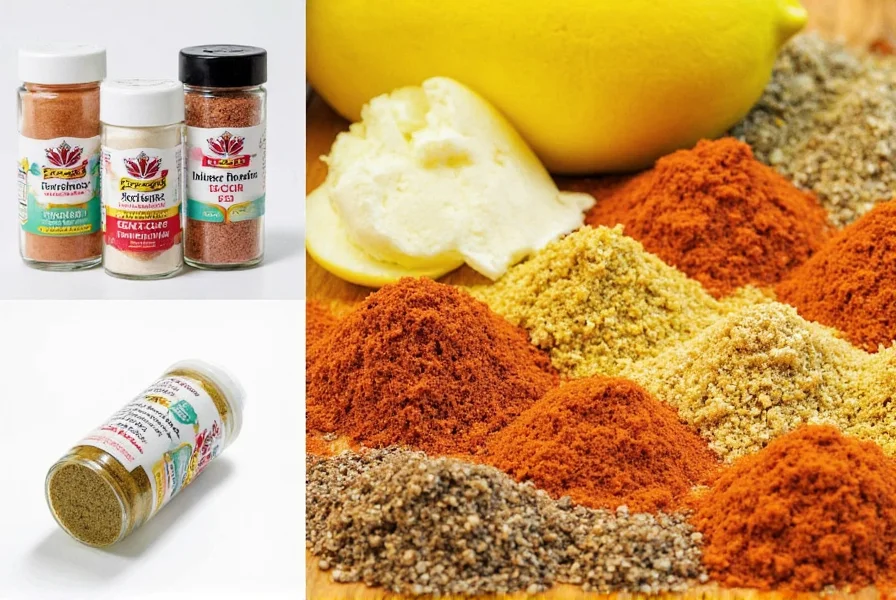
Table of Contents
- What Exactly Is Sazon Seasoning?
- Why Use Sazon Seasoning in Your Cooking?
- Key Ingredients in Traditional Sazon Seasonings
- Top 5 Sazon Brands You Should Try
- Cooking Tips Using Sazon Seasonings
- How to Use Sazon in Everyday Dishes
- Buying Guide: How to Choose the Best Sazon Seasoning
- Frequently Asked Questions About Sazon Seasonings
- Final Thoughts
What Exactly Is Sazon Seasoning?
Sazon is a staple in many Latin American kitchens, particularly in Puerto Rican and Mexican cuisine. It's a versatile blend that typically includes salt, garlic powder, cumin, oregano, coriander, annatto (also known as achiote), and sometimes paprika or turmeric for color. This aromatic mix brings depth and warmth to dishes with just a sprinkle.
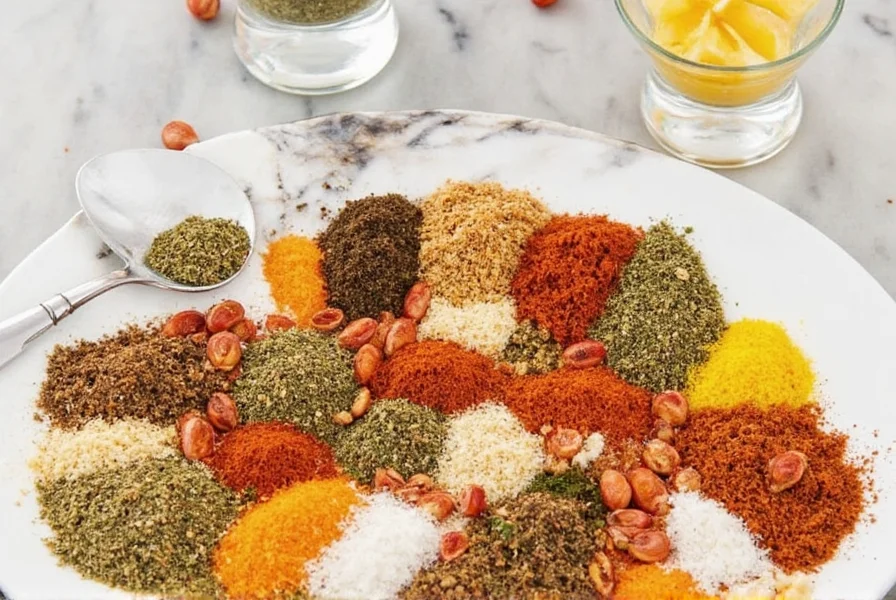
Why Use Sazon Seasoning in Your Cooking?
If you're looking to add flavor quickly and consistently, sazon seasoning is your go-to solution. Here are a few reasons why:
- Convenience: Pre-mixed so you don't have to measure multiple spices.
- Consistency: Get the same great taste every time you cook.
- Versatility: Works with meats, vegetables, soups, stews, rice, and more.
- Aesthetic Appeal: The natural colors from annatto and paprika make food look vibrant and appetizing.

Key Ingredients in Traditional Sazon Seasonings
Let's break down what's inside your typical packet of sazon and what each ingredient brings to the table:
| Ingredient | Flavor Profile | Function |
|---|---|---|
| Annatto (Achiote) | Earthy, nutty, peppery | Provides vibrant yellow-orange color |
| Cumin | Bold, warm, smoky | Adds depth and richness |
| Garlic Powder | Pungent, sweetly savory | Enhances umami notes |
| Coriander | Fragrant, citrusy, spicy | Brings brightness and balance |
| Oregano | Herbaceous, slightly bitter | Complements meat and tomato-based dishes |
| Salt | Savory, enhances flavors | Base flavor enhancer |
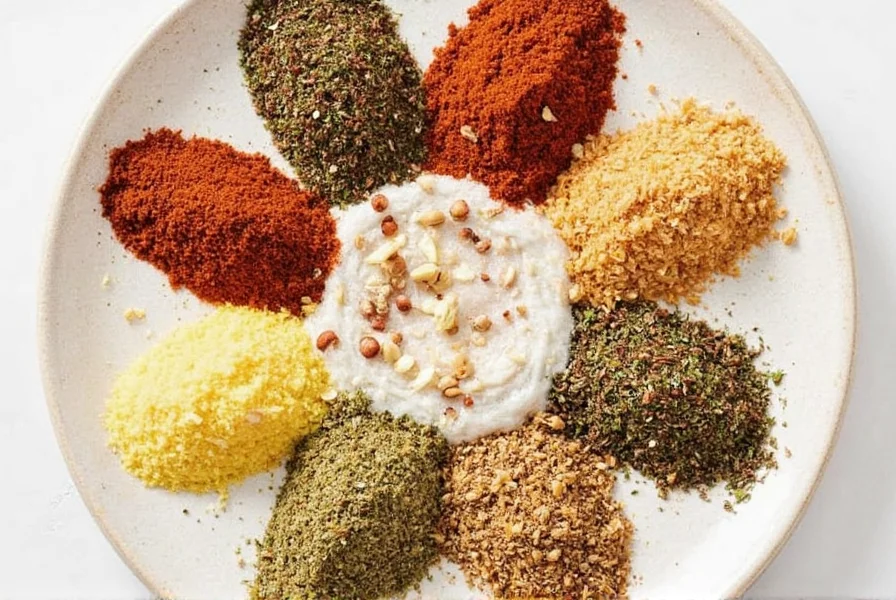
Top 5 Sazon Brands You Should Try
If you're ready to dive into the world of sazon seasonings, here are five top-rated brands to get you started:
- Goya Sazon Goya con Azafrán: Classic choice with saffron-infused aroma and rich color.
- McCormick Sazon Gourmet Seasoning: No MSG, uses turmeric instead of saffron for a healthier twist.
- La Flor Sazon: Finely ground and highly aromatic, ideal for marinades and rubs.
- Maggi Sazon Natural: Known for its bold flavor and affordability.
- El Sabor Sazon: Balanced profile with an emphasis on garlic and cumin.
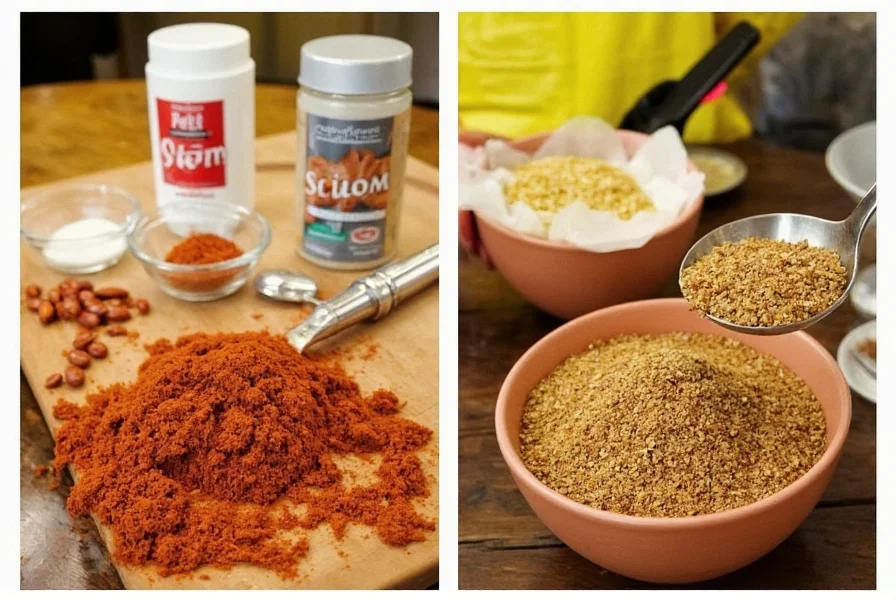
Cooking Tips Using Sazon Seasonings
Want to take your sazon game to the next level? Here are some tried-and-true tips:
- Rub it in: Mix sazon with olive oil and apply generously to chicken or pork before grilling.
- Boost your beans: Add a pinch while simmering black beans or pinto beans for a flavorful base.
- Stir-fry magic: Toss in a teaspoon when stir-frying veggies or tofu for instant Latin flair.
- Rice revival: Sprinkle into rice during cooking for a fragrant, colorful side dish.
- Make your own: Combine annatto seeds, cumin, garlic powder, coriander, and salt for a homemade version.
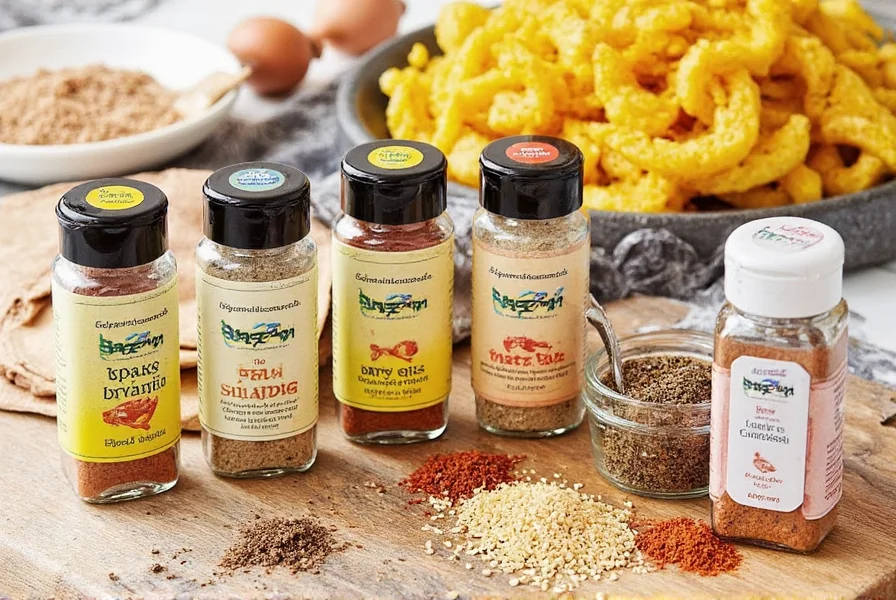
How to Use Sazon in Everyday Dishes
Sazon isn't just for special occasions — integrate it into your daily meals effortlessly:
- Breakfast: Stir into scrambled eggs or avocado toast for a kick.
- Lunch: Sprinkle on tacos, burritos, or wraps for added zing.
- Dinner: Marinate chicken breasts, season roasted potatoes, or enhance stews and soups.
- Snacks: Mix into popcorn or sprinkle over roasted nuts for a quick, spiced treat.

Buying Guide: How to Choose the Best Sazon Seasoning
Not all sazon seasonings are created equal. Consider these factors when making your selection:
| Factor | Description |
|---|---|
| Flavor Profile | Do you prefer bold and earthy or mild and balanced? Pick accordingly. |
| Ingredients | Check for preservatives, MSG, or allergens if needed. |
| Color | More annatto means richer color; turmeric gives a milder hue. |
| Usage Type | For grilling, choose coarse blends; for mixing, fine powders work best. |
| Brand Reputation | Stick to trusted names like Goya or McCormick unless trying something artisanal. |
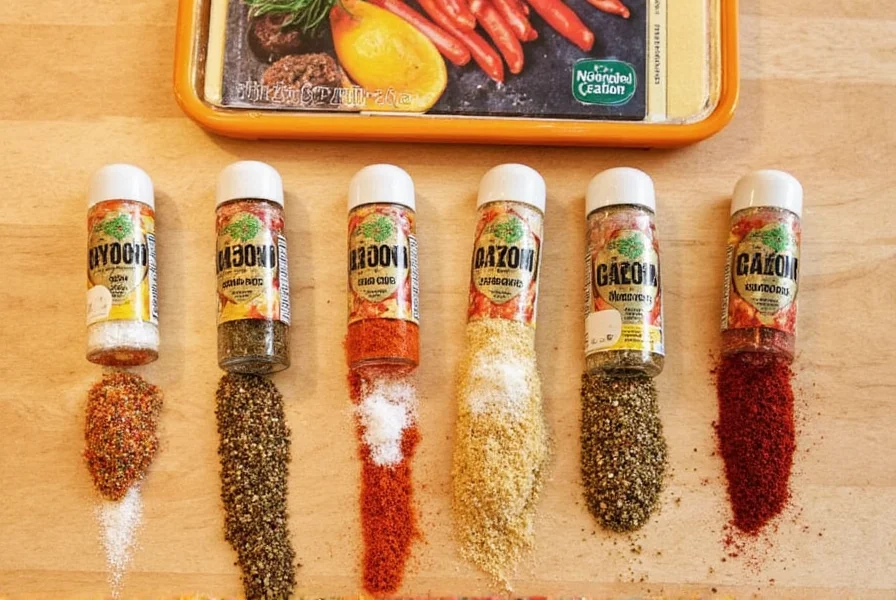
Frequently Asked Questions About Sazon Seasonings
Got questions? We've got answers!
- Can I substitute sazon with other spices?
Yes! Combine cumin, garlic powder, coriander, salt, and a bit of annatto or paprika for a DIY version. For a complete substitute, use 1 teaspoon of this blend per packet of commercial sazon. - Is sazon seasoning healthy?
Most commercial versions are high in sodium, but homemade blends can be low-sodium and packed with antioxidants from spices like turmeric and annatto. Some brands now offer reduced-sodium options for health-conscious cooks. - How long does sazon last?
Stored properly in a cool, dark place, sazon seasonings maintain peak flavor for 1-2 years. While they won't spoil, the spices will gradually lose potency over time. Write the purchase date on the package to track freshness. - Can vegetarians use sazon seasoning?
Absolutely! Most commercial sazon blends are vegetarian-friendly, but always check the label to ensure no animal-derived additives are present. Some specialty blends might contain chicken or beef bouillon. - What's the difference between sazon with saffron vs. sazon with turmeric?
Saffron-based sazon (like Goya con Azafrán) offers a more floral, complex aroma and deeper golden color but is typically more expensive. Turmeric-based versions provide similar color at a lower cost with a slightly earthier flavor profile and potential health benefits. - How much sazon should I use per pound of meat?
For most meats, start with 1 packet (about 1½ teaspoons) per pound. Adjust to taste—some prefer a more subtle flavor while others enjoy a bolder profile. Remember that sazon contains salt, so you may need to reduce additional salt in your recipe. - Can I use sazon in place of adobo seasoning?
While both are Latin seasoning blends, they're not identical. Sazon provides color and earthy notes while adobo is more garlic-forward. For best results, use sazon when color is important (like rice dishes) and adobo for marinades where garlic flavor dominates. You can combine both for complex flavor profiles. - Why does my sazon-seasoned rice turn out sticky?
This common issue happens when you add sazon directly to the cooking water. Instead, toast your rice in oil first, then add sazon and other seasonings before adding liquid. This creates a protective coating on each grain for fluffier results.
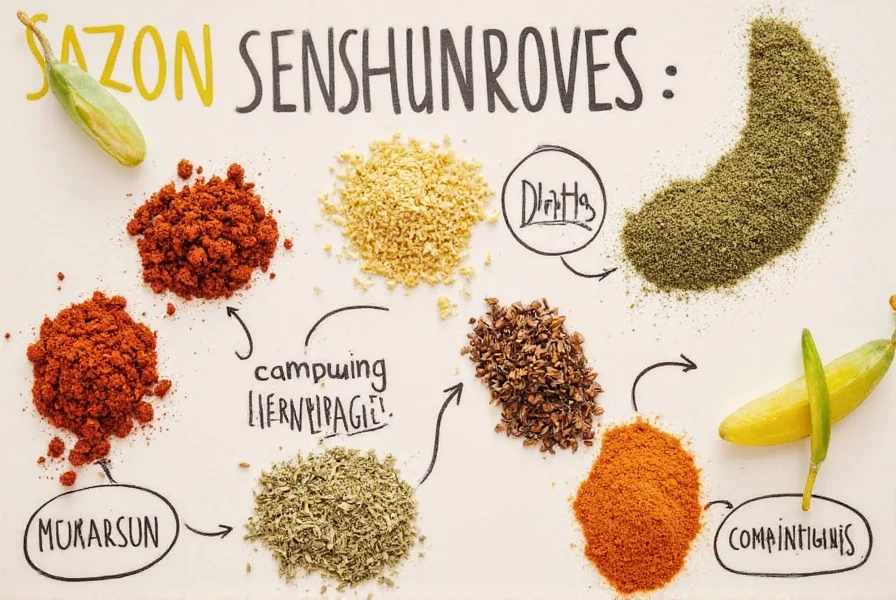
Final Thoughts
Whether you're hosting a fiesta or just spicing up a weeknight dinner, sazon seasoning is a must-have in any spice drawer. With its bold flavors, vibrant color, and endless versatility, it's no wonder this humble blend is a kitchen essential across cultures.
Now that you've got the lowdown on everything sazon, go ahead and experiment. From grilled meats to roasted veggies, there's no limit to how you can use this powerhouse seasoning.












 浙公网安备
33010002000092号
浙公网安备
33010002000092号 浙B2-20120091-4
浙B2-20120091-4